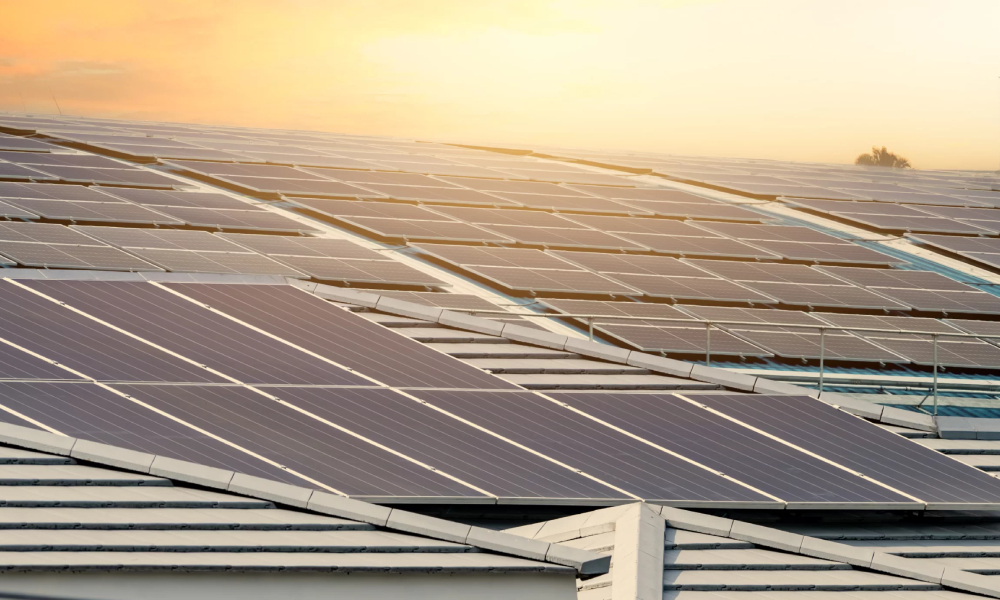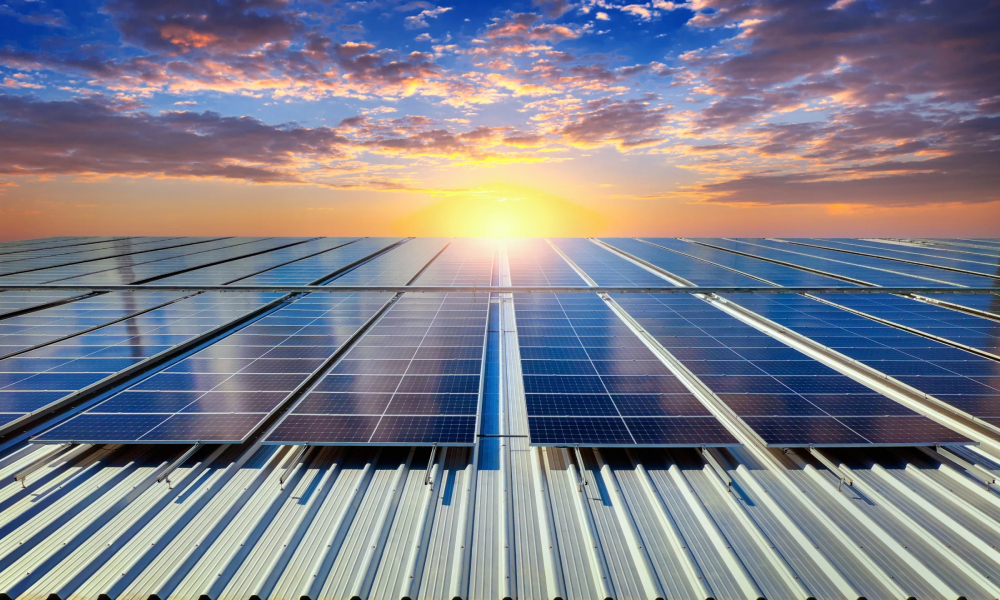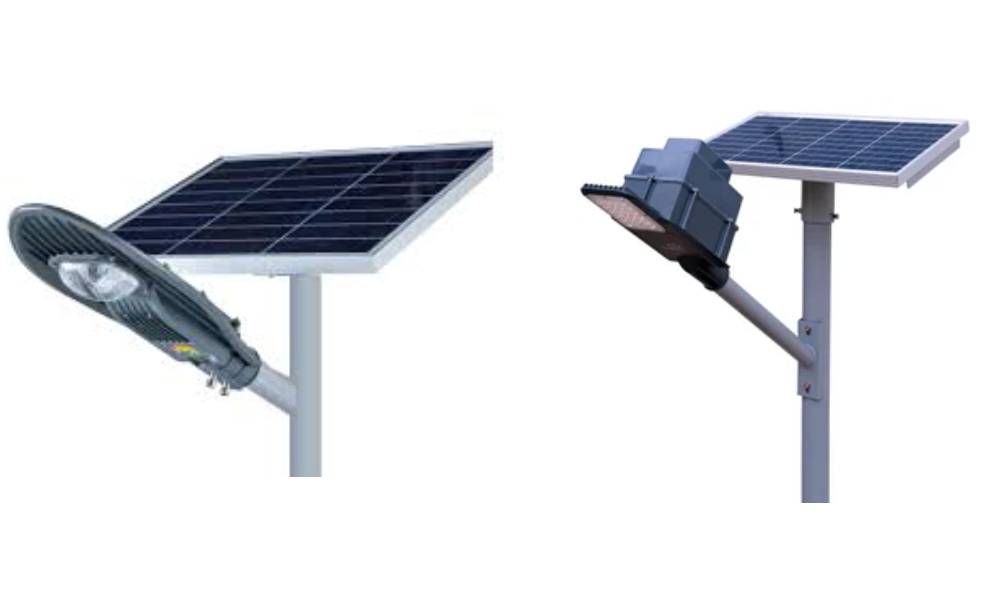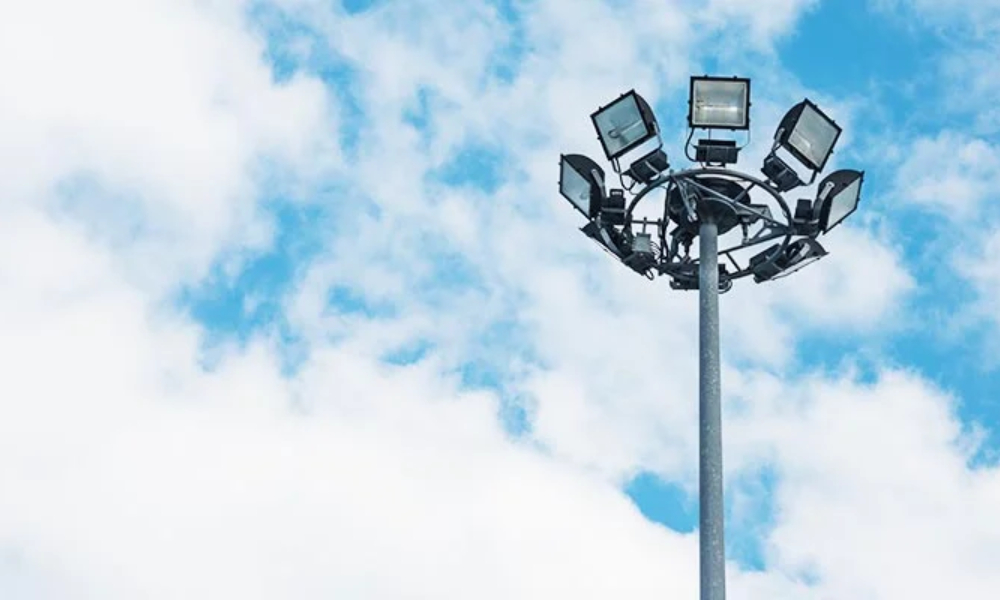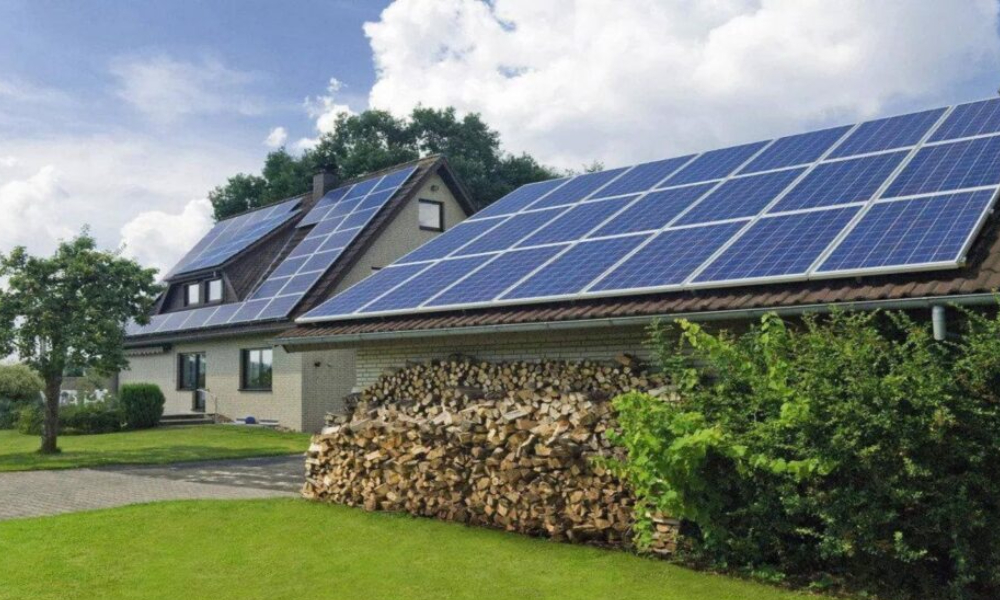Best Off grid solar power plant installation in Uttar Pradesh | Sunwind Energy
Best Off-Grid Solar Power Plant Installation in Uttar Pradesh
In a state as vast and diverse as Uttar Pradesh, access to uninterrupted electricity can still be a challenge—especially in rural and remote areas. That's why off-grid solar power plant installation in Uttar Pradesh is quickly becoming a practical and popular solution. Whether it's a village that faces frequent power cuts, a farm looking for energy independence, or a household wanting to be self-reliant, off-grid systems are revolutionizing how people consume and control energy. Sunwind Energy has been at the forefront of this movement, helping individuals and institutions across the state tap into solar power where the grid cannot reach.
What Is an Off-Grid Solar Power System?
An off-grid solar power system is a stand-alone power setup that operates independently from the traditional electricity grid. It includes solar panels, a charge controller, batteries, and an inverter. These systems store solar energy during the day and supply power when needed—even during nights or power outages.
In areas with unreliable or no grid access, off-grid systems are more than just an alternative; they’re a lifeline.
Components of an Off-Grid System:
Solar Panels
Capture sunlight and convert it into electricity.
Battery Bank
Stores energy for later use.
Charge Controller
Regulates the flow of electricity to prevent battery overcharging.
Inverter
Converts DC (direct current) to AC (alternating current), which is usable by appliances.
Why Off-Grid Solar Is Ideal for Uttar Pradesh
Uttar Pradesh receives abundant sunlight throughout the year, making it an ideal location for solar energy projects. Yet, the energy distribution isn't equally reliable in every corner of the state. Many villages, semi-urban areas, and agricultural zones experience long or frequent power outages.
Here's why off-grid solar power plant installation in Uttar Pradesh is gaining momentum:
1. Energy Independence
Off-grid solar provides total freedom from unpredictable grid supply. It's perfect for areas with inconsistent or no electricity connections.
2. Rural Electrification
Thousands of rural households still lack grid access. Off-grid solar plants offer a clean, reliable, and scalable solution.
3. Support for Agriculture
Farmers in remote areas use off-grid systems to power water pumps, lights, and other farming equipment, reducing diesel dependency.
4. Disaster Resilience
Natural disasters often disrupt grid power. Off-grid setups ensure that basic energy needs are met even in emergencies.
5. Eco-Friendly and Cost-Effective
Over time, solar energy reduces reliance on fossil fuels, cuts electricity costs, and supports a greener planet.
Use Cases of Off-Grid Solar in Uttar Pradesh
1. Remote Villages
Villages in districts like Sonbhadra, Chitrakoot, and Bahraich have seen successful deployments of off-grid solar mini-grids that power homes, schools, and small businesses.
2. Healthcare Centers
Primary health centers in rural areas can now refrigerate vaccines, run diagnostic equipment, and provide better care thanks to uninterrupted solar power.
3. Schools and Community Centers
Education facilities and Anganwadi centers use solar energy to power fans, lights, and computers, improving the quality of services in off-grid areas.
4. Farm Operations
Farmers are using solar systems to run irrigation pumps, cold storages, and drying machines—reducing dependency on diesel and grid power.
5. Religious and Cultural Places
Temples and dharamshalas in remote areas are using solar to ensure a peaceful, lit-up environment without relying on noisy generators.
How to Get Started with an Off-Grid Solar System
Installing an off-grid solar plant might sound complex, but it can be straightforward when managed by experts. Here’s the general process:
Step 1: Energy Audit
Professionals assess your energy needs—daily power consumption, hours of usage, and types of appliances used.
Step 2: System Design
Based on the audit, a customized solar system is designed to meet specific power and storage requirements.
Step 3: Site Preparation
The rooftop or ground area is prepared for installing panels and battery banks securely.
Step 4: Installation
Solar panels, inverters, controllers, and batteries are installed and configured by trained technicians.
Step 5: Testing & Commissioning
The system is tested under different load conditions to ensure smooth operation.
Step 6: Training & Support
Users receive guidance on basic maintenance and how to use the monitoring system if installed.
Government Support and Subsidies
Although off-grid systems aren't as heavily subsidized as on-grid systems, several central and state initiatives still provide valuable support.
PM-KUSUM Scheme
Offers subsidies for solar pumps and standalone solar systems for farmers.
Rural Electrification Projects
Under Saubhagya and Deen Dayal Upadhyaya Gram Jyoti Yojana (DDUGJY), off-grid systems have been used in unelectrified villages.
State-Level Grants
Select districts in Uttar Pradesh receive funding for rural mini-grids and solar streetlights.
Challenges and Misconceptions
Despite the many benefits, off-grid solar systems face certain misconceptions and challenges:
Myth: “Off-grid is only for villages.”
Truth: Many urban homes opt for off-grid systems to maintain power during outages.
Myth: “It can’t run large appliances.”
Truth: Properly sized systems can power fridges, TVs, computers, and even small AC units.
Challenge: Upfront Cost
While initial investment is higher due to battery storage, long-term savings and energy security offset the cost.
Challenge: Maintenance
Batteries require periodic maintenance, but newer lithium-ion options reduce that burden significantly.
Future of Off-Grid Solar in Uttar Pradesh
The future looks bright for off-grid solar in UP. With increasing pressure on conventional grids and the push for clean energy, decentralized solar solutions will play a critical role.
Battery Technology
Advancements in battery storage will make systems more affordable and efficient.
Hybrid Systems
Combining solar with wind or biomass energy can provide a more stable off-grid experience.
Smart Monitoring
IoT-based systems will allow remote tracking of performance and faults.
Community Models
Shared solar plants for small groups of households or businesses will increase adoption.
FAQs – Off-Grid Solar in Uttar Pradesh
Q1. What is the difference between on-grid and off-grid solar systems?
A: On-grid systems connect to the public electricity grid and require it to function, while off-grid systems operate independently with battery storage to supply power continuously.
Q2. How long do batteries in off-grid solar systems last?
A: Depending on the type (lead-acid or lithium-ion), batteries can last between 5 to 12 years with proper maintenance.
Q3. Can I upgrade an off-grid system later?
A: Yes, off-grid systems can be scaled by adding more panels, batteries, or upgrading the inverter based on your growing energy needs.
Q4. Is off-grid solar suitable for cities?
A: Absolutely. Many city homes use off-grid or hybrid systems to ensure uninterrupted power during frequent blackouts.
Final Words
Energy is empowerment—and in a diverse state like Uttar Pradesh, off-grid solar power systems are offering just that. From lighting up schools in rural districts to helping farmers irrigate their fields sustainably, solar is changing lives in ways the grid never could. The demand for off-grid solar power plant installation in Uttar Pradesh is only growing, and with the right guidance, every home and business can become energy independent. Sunwind Energy
